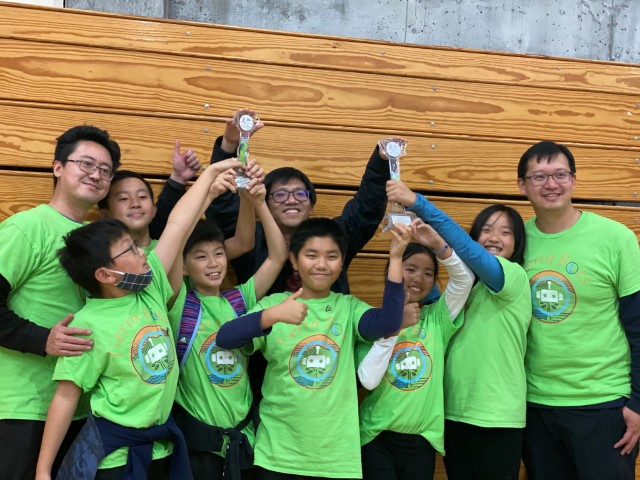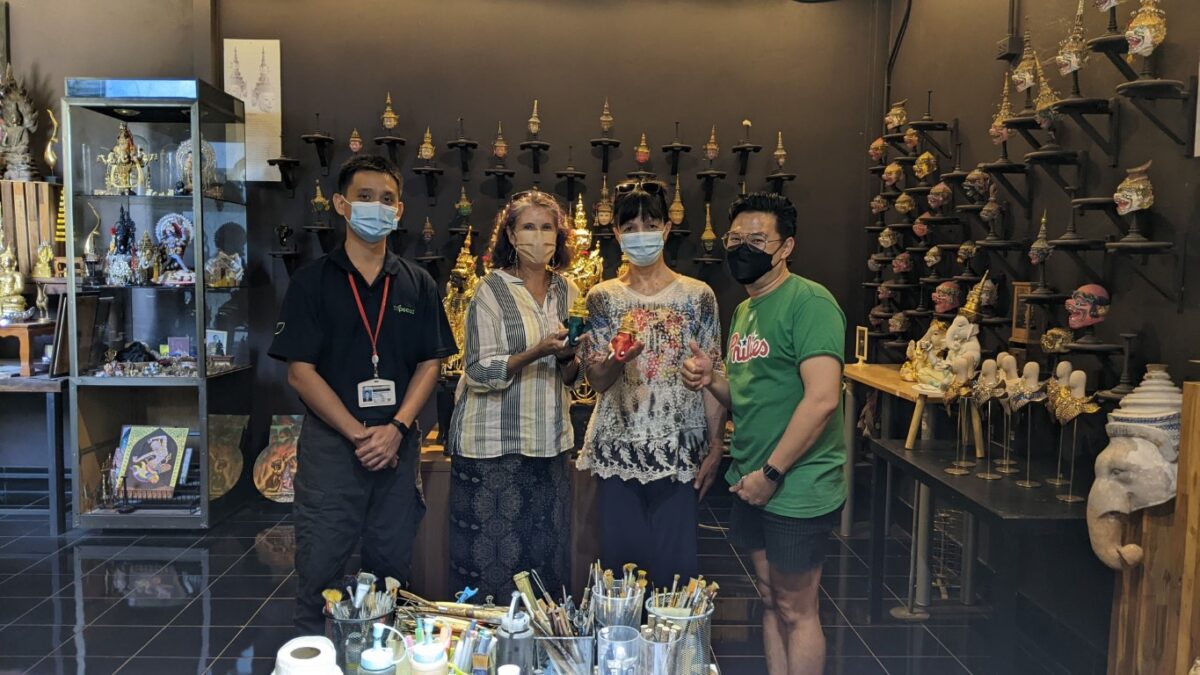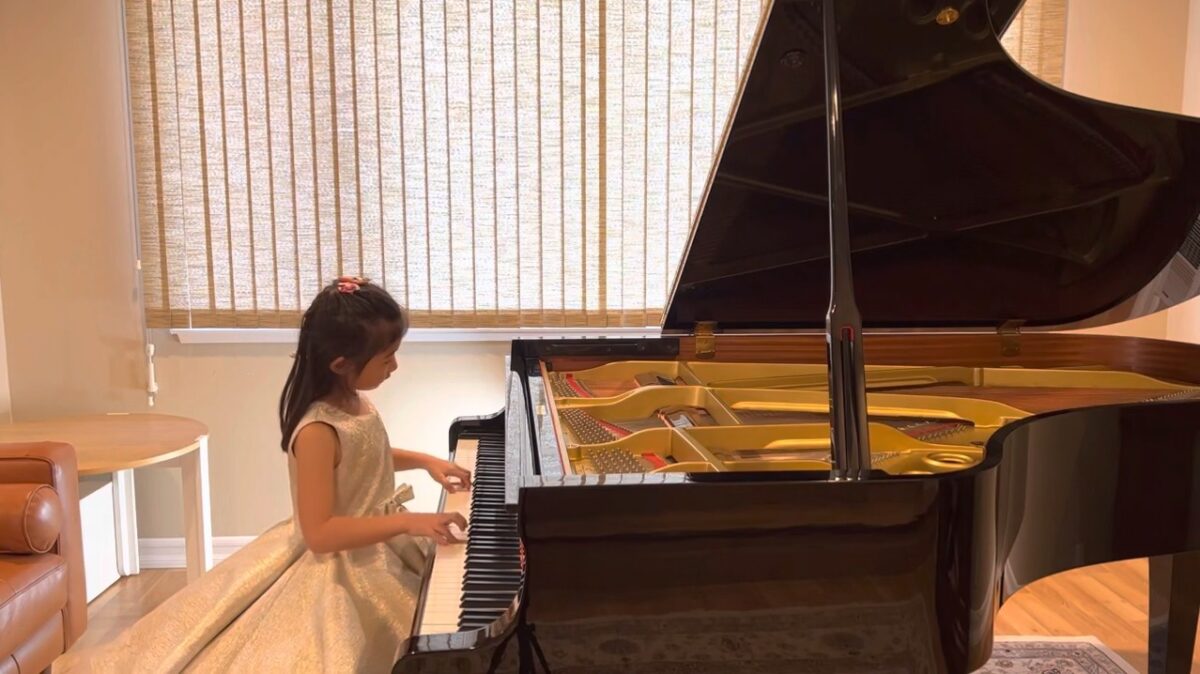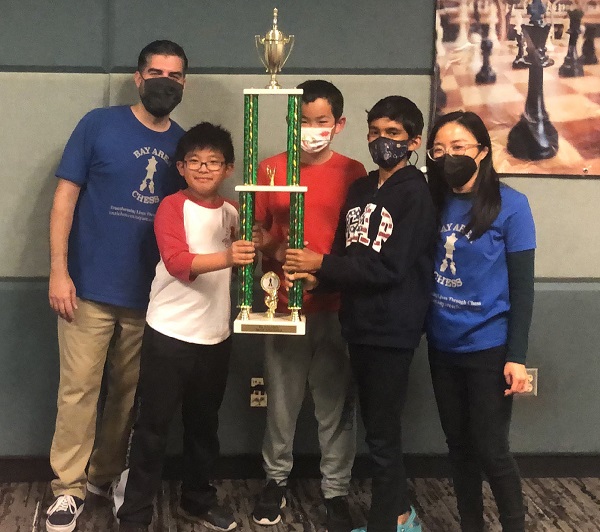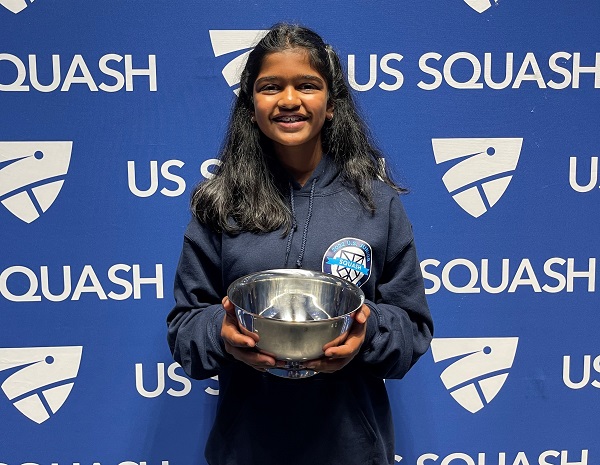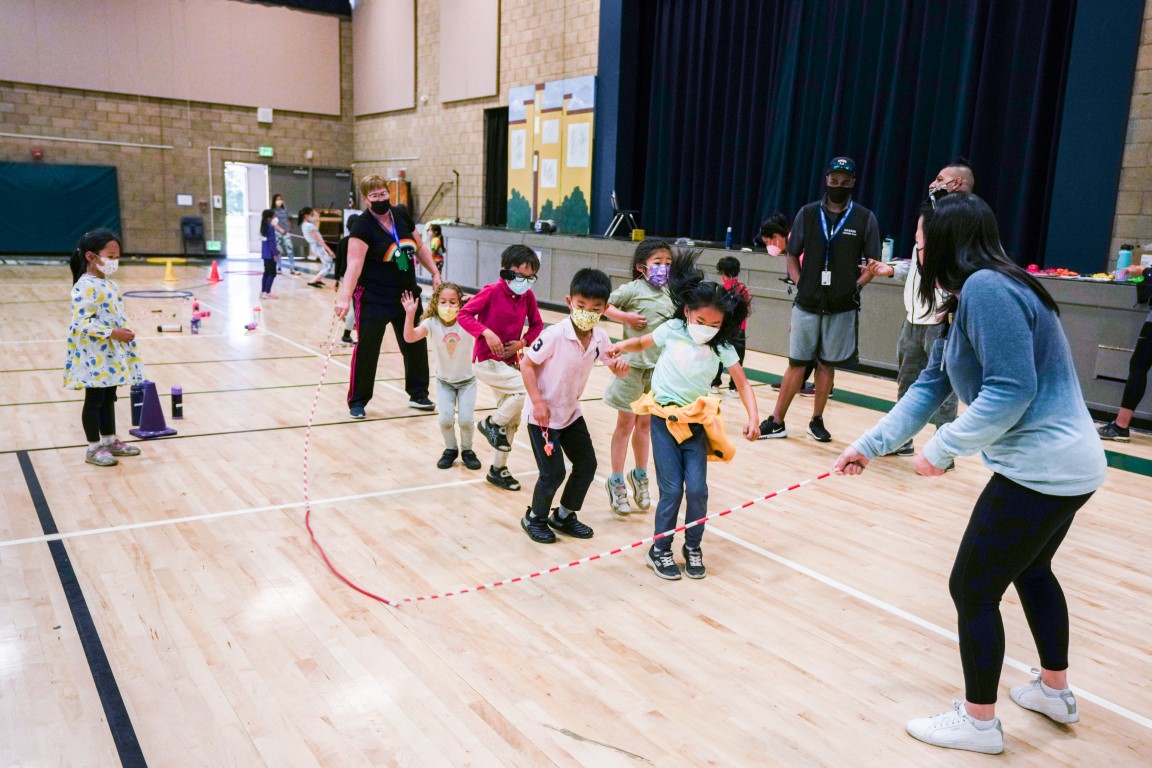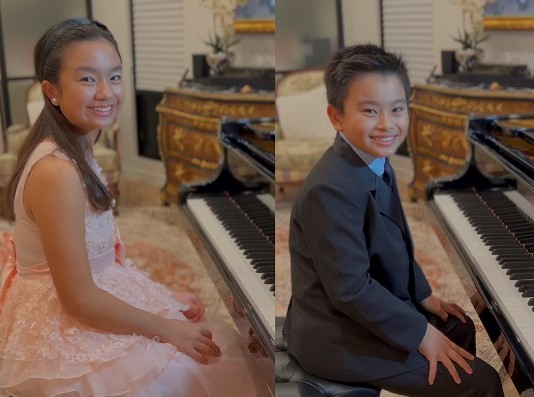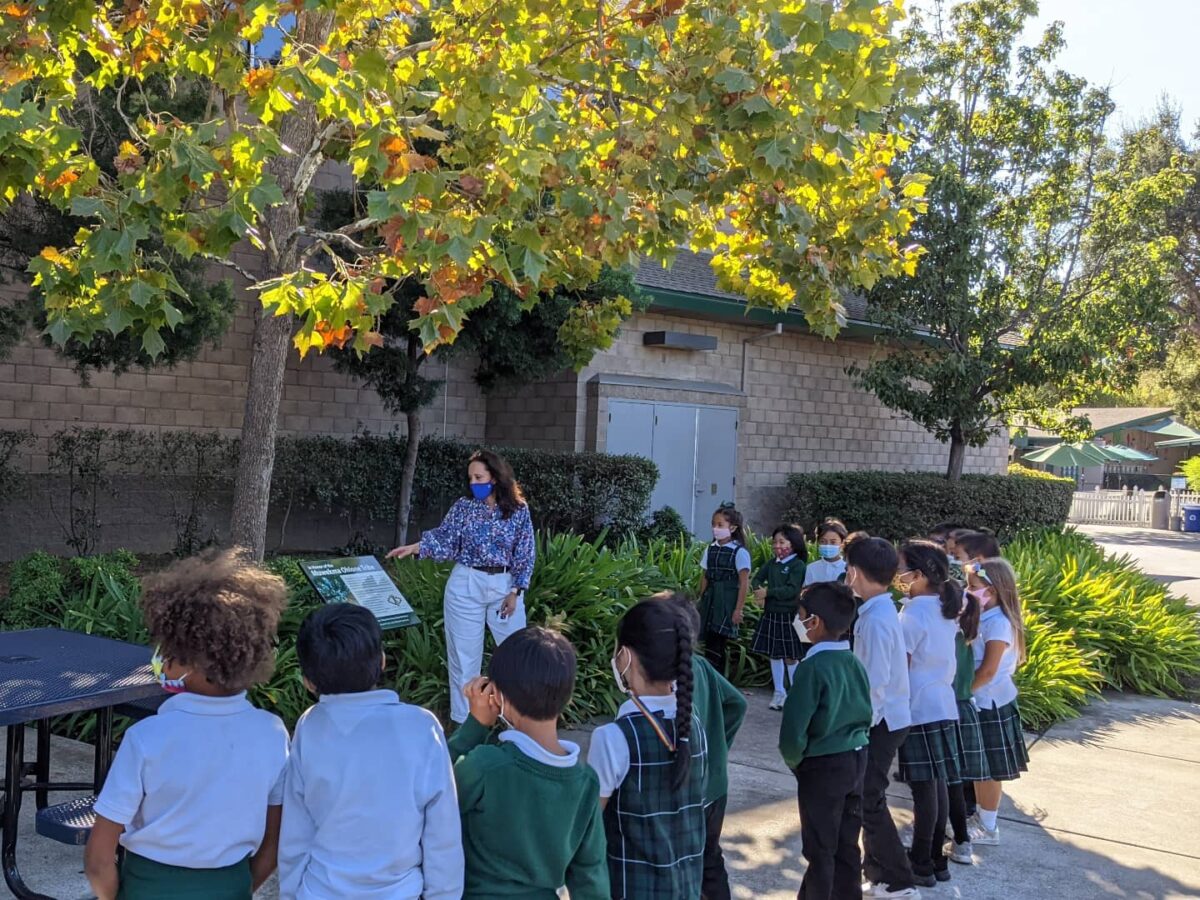Team Tierra Bots took first place at a First Lego League Northern California Qualifier event.
Lower School
Art teachers gain firsthand experience with Thai art and culture
This past summer, K-5 visual arts chair Gerry-louise Robinson and middle school art teacher Sofie Siegmann traveled to Thailand to learn more about the country’s art, culture and history through the Raju and Bala Vegesna Teacher Excellence Program.
Kudos: Kindergarten pianist receives accolades in music competition
Kindergartner Sophia Gu was a first place winner and received a Judges’ Distinction Award in American Protégé’s spring 2022 Music Talent Competition.
Kudos: Fifth grader recognized in Coast Commission poetry contest
Fifth grader Emy Keyhan recently received an Honorable Mention in the 2022 California Coastal Commission K-12 Poetry Contest in the grades 4-6 poetry category.
Kudos: Chess players take top spots in state championship
Last month, fifth graders Rohan Rajaram and Dylan Tang and third grader Ethan Guo participated in the California State Chess Championship, where over 400 players competed across various sections.
Kudos: Grade 5 squash enthusiast named Most Improved Player
Earlier this month at the US Squash Junior Nationals in Philadelphia, fifth grader Sarah Thiru received the Most Improved Player award in the U13 division.
Kids Heart Challenge raises more than $20,000 for American Heart Association
On Friday, the lower school held its annual Kids Heart Challenge, which raises funds for the American Heart Association and promotes active, healthy lifestyles.
Sibling pianists place high in contest, will perform at Carnegie Hall
Two Harker students recently earned high marks in the American Protégé International Piano and String Competition.
Land acknowledgments extend to lower and middle school campuses
On Oct. 15, lower and middle school students viewed special presentations about the importance of acknowledging Indigenous land and the history of the Muwekma Ohlone Tribe, the direct ancestors of the Thámien Ohlone-speaking people, the original stewards of the land on which Harker’s campuses now rest.
